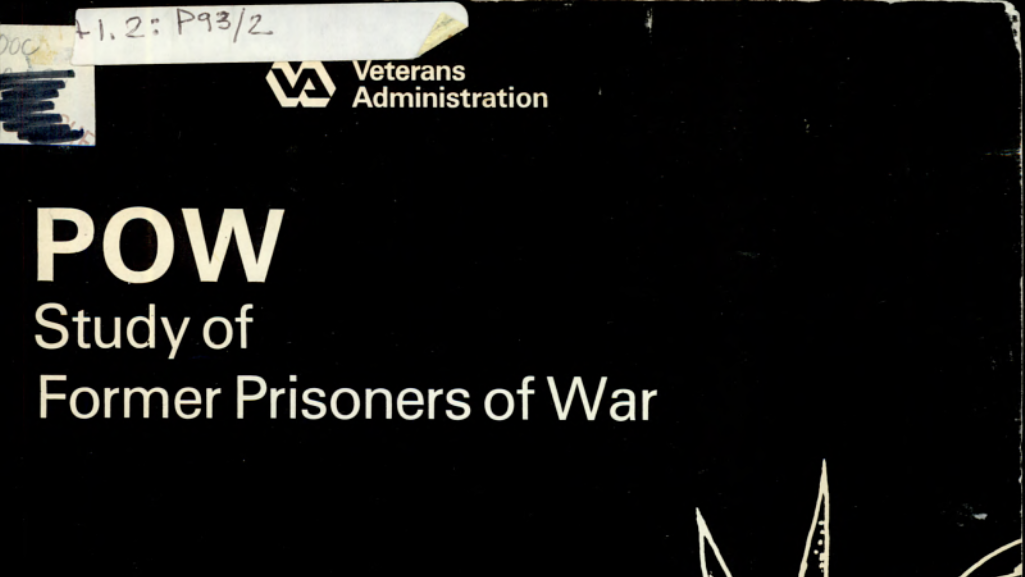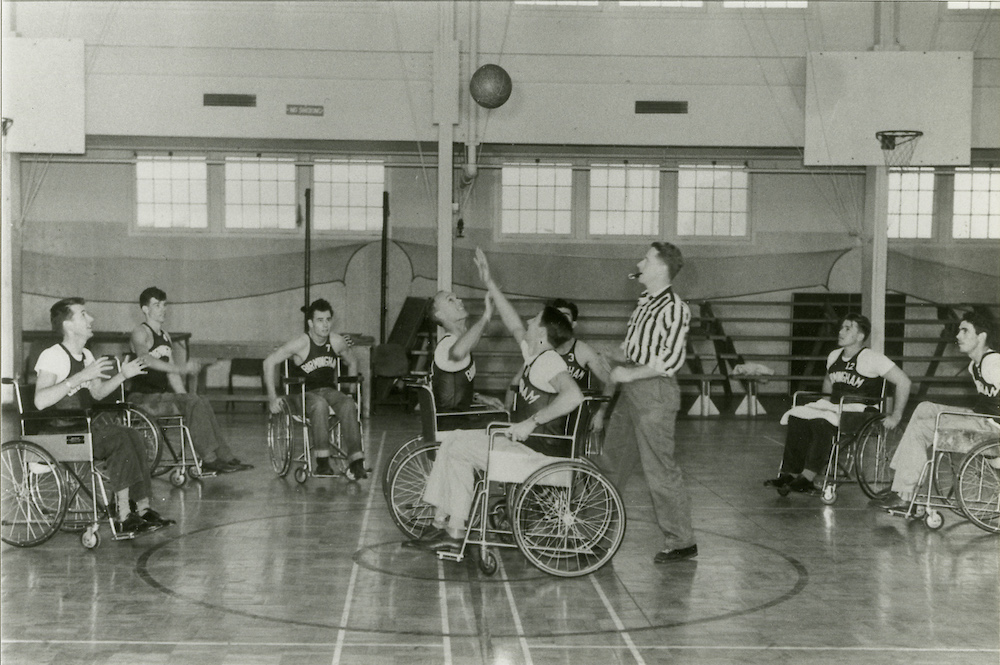
On December 11, 2020, the U.S. government authorized the emergency use of the first COVID-19 vaccine. Three days later, Margaret Klassens, a 96-year-old World War II Veteran in Massachusetts, became the first VA patient in the country to get the shot. The moment marked both a culmination and a turning point in the fight against COVID 19.
VA began preparing for this day in August 2020 when it assembled a COVID-19 Vaccine Integrated Project Team to plan for the vaccine’s distribution. In the months that followed, the agency coordinated the vaccinations of Veterans and staff, launched a campaign to combat vaccine hesitancy, and treated the waves of patients brought into VA medical facilities infected with the virus or its variants. VA also answered the government’s call to assist with the vaccination of the wider U.S. population under its “Fourth Mission.”
VA is responsible for performing three basic missions: delivering benefits, providing health care, and offering burial services to Veterans. In 1982, however, Congress added a fourth mission when it passed the Health Resources Sharing and Emergency Operation Act. Under the terms of this law, VA can furnish medical and hospital care to the public during times of natural disaster or national emergency. President Donald Trump declared a state of emergency at the outset of the COVID-19 pandemic in March 2020, and, in doing so, activated VA’s fourth mission. VA responded by supplying more than a million pieces of personal protective equipment to essential workers, admitting hundreds of seriously ill patients who were not Veterans to VA hospitals, and dispatching medical personnel to augment the staffs of state Veteran homes, community nursing homes, and other state and local facilities. Once vaccines became available, VA joined the nationwide mass vaccination campaign and delivered vaccines to people in communities across the nation and to employees at other Federal agencies. All-told, as of April 29, 2022, VA vaccinated over four million Veterans and nearly one hundred thousand non-Veterans.
In an appearance at the Disabled American Veterans national conference in 2021, VA Secretary Denis McDonough emphasized the agency’s commitment to its fourth mission. “We’re very proud of our Fourth Mission work. That has included vaccinating our federal partners, vaccinating additional health care providers, supplementing health care providers at facilities that have taken a particularly bad turn as it relates to COVID-19,” he stated. “All those things are things that we have done and will continue to do. We stand ready to help all of our partners, state, local and federal, to make sure that we get through this.”

The COVID-19 vaccine vial pictured at the top of this entry is from the box of Moderna vaccines used to give shots to Veterans at the VA Medical Center in Dayton, Ohio. Each vial contained ten doses of the vaccine. These items are part of the VA History Office’s COVID-19 collection housed on the Dayton campus. The collection includes other artifacts, ephemera, documents, and oral history interviews that were acquired during the pandemic from offices and individuals across VA. To view more artifacts from the collection, visit VA History’s COVID-19 virtual exhibit.
By Katie Rories
Historian, Veterans Health Administration
Share this story
Related Stories
History of VA in 100 Objects
American prisoners of war from World War II, Korea, and Vietnam faced starvation, torture, forced labor, and other abuses at the hands of their captors. For those that returned home, their experiences in captivity often had long-lasting impacts on their physical and mental health. Over the decades, the U.S. government sought to address their specific needs through legislation conferring special benefits on former prisoners of war.
In 1978, five years after the United States withdrew the last of its combat troops from South Vietnam, Congress mandated VA carry out a thorough study of the disability and medical needs of former prisoners of war. In consultation with the Secretary of Defense, VA completed the study in 14 months and published its findings in early 1980. Like previous investigations in the 1950s, the study confirmed that former prisoners of war had higher rates of service-connected disabilities.
History of VA in 100 Objects
In the waning days of World War I, French sailors from three visiting allied warships marched through New York in a Liberty Loan Parade. The timing was unfortunate as the second wave of the influenza pandemic was spreading in the U.S. By January, 25 of French sailors died from the virus.
These men were later buried at the Cypress Hills National Cemetery and later a 12-foot granite cross monument, the French Cross, was dedicated in 1920 on Armistice Day. This event later influenced changes to burial laws that opened up availability of allied service members and U.S. citizens who served in foreign armies in the war against Germany and Austrian empires.
History of VA in 100 Objects
Basketball is one of the most popular sports in the nation. However, for paraplegic Veterans after World War II it was impossible with the current equipment and wheelchairs at the time. While VA offered these Veterans a healthy dose of physical and occupational therapy as well as vocational training, patients craved something more. They wanted to return to the sports, like basketball, that they had grown up playing. Their wheelchairs, which were incredibly bulky and commonly weighed over 100 pounds limited play.
However, the revolutionary wheelchair design created in the late 1930s solved that problem. Their chairs featured lightweight aircraft tubing, rear wheels that were easy to propel, and front casters for pivoting. Weighing in at around 45 pounds, the sleek wheelchairs were ideal for sports, especially basketball with its smooth and flat playing surface. The mobility of paraplegic Veterans drastically increased as they mastered the use of the chair, and they soon began to roll themselves into VA hospital gyms to shoot baskets and play pickup games.






